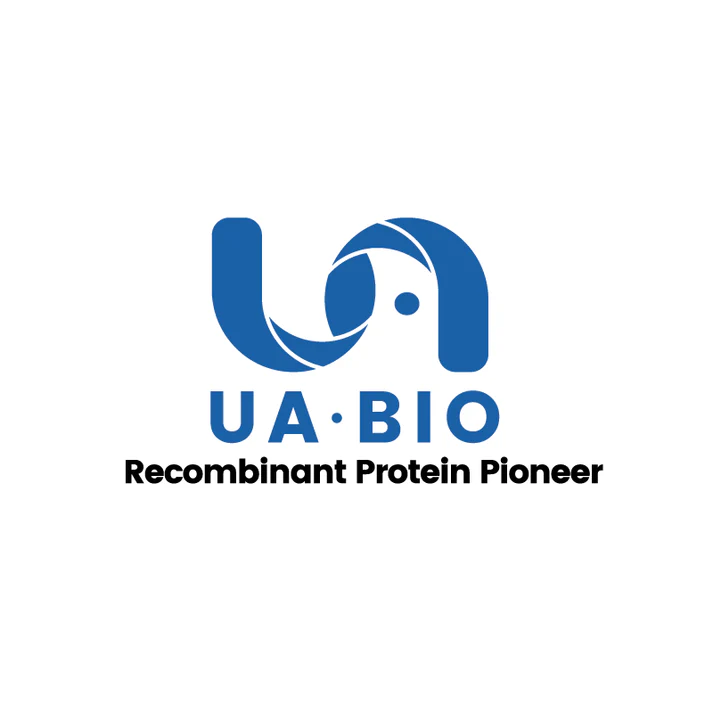Measured by its ability to induce Topflash reporter activity in HEK293T human embryonic kidney cells.
The EC50 for this effect is less than 20ng/mL in the presence of 5ng/mL Recombinant Human Wnt Surrogate.
Product Details
Product Details
Product Specification
| Species | Human |
| Synonyms | R-spondin-2; Roof plate-specific spondin-2 (hRspo2) |
| Accession | Q6UXX9 |
| Amino Acid Sequence | Gln22-Gly205, with C-terminal Human Fc Tag |
| Expression System | HEK293 |
| Molecular Weight | 50-55 kDa (Reducing) |
| Purity | >95% by SDS-PAGE and HPLC. |
| Endotoxin | <0.1EU/μg |
| Conjugation | Unconjugated |
| Tag | Human Fc Tag |
| Physical Appearance | Lyophilized Powder |
| Storage Buffer | PBS, pH7.4 |
| Reconstitution | Reconstitute at 0.1-1 mg/ml according to the size in ultrapure water after rapid centrifugation. |
| Stability & Storage | ·12 months from date of receipt, lyophilized powder stored at -20 to -80℃. |
| Reference | Dev Cell. 2022 Jul 11;57(13):1598-1614.e8. |
Background
RSPO2 (R-spondin 2) is a secreted protein that plays a crucial role in regulating Wnt/β-catenin signaling, a pathway essential for embryonic development, tissue homeostasis, and stem cell maintenance. RSPO2 is highly conserved across species and is known for its ability to potentiate Wnt signaling by interacting with LGR5 and LGR4 receptors.
RSPO2 also plays a role in intestinal organoid cultures. It has been shown to support the growth and differentiation of intestinal stem cells by enhancing Wnt signaling. This is particularly important for maintaining the long-term stability and functionality of intestinal organoids, which are used to study gastrointestinal diseases and develop personalized therapies. In lung organoid cultures, RSPO2 has been shown to enhance the colony-forming efficiency of club cells, a type of progenitor cell in the lung. RSPO2 activates canonical Wnt/β-catenin signaling, which is crucial for the maintenance and expansion of these cells.
Picture
Picture
Bioactivity
SDS-PAGE
2μg (R: reducing condition, N: non-reducing condition).
SEC-HPLC
>95% as determined by SEC-HPLC.


